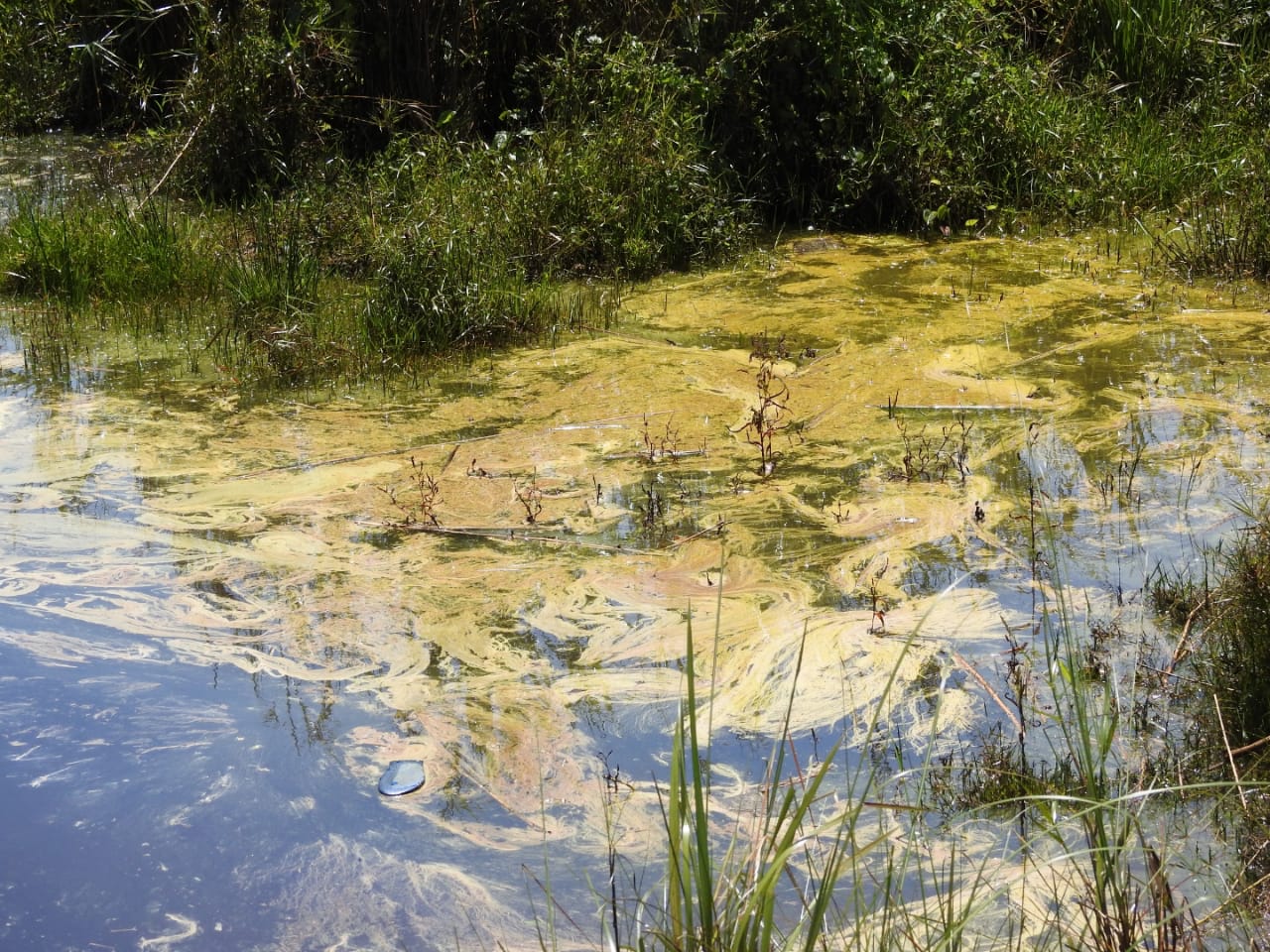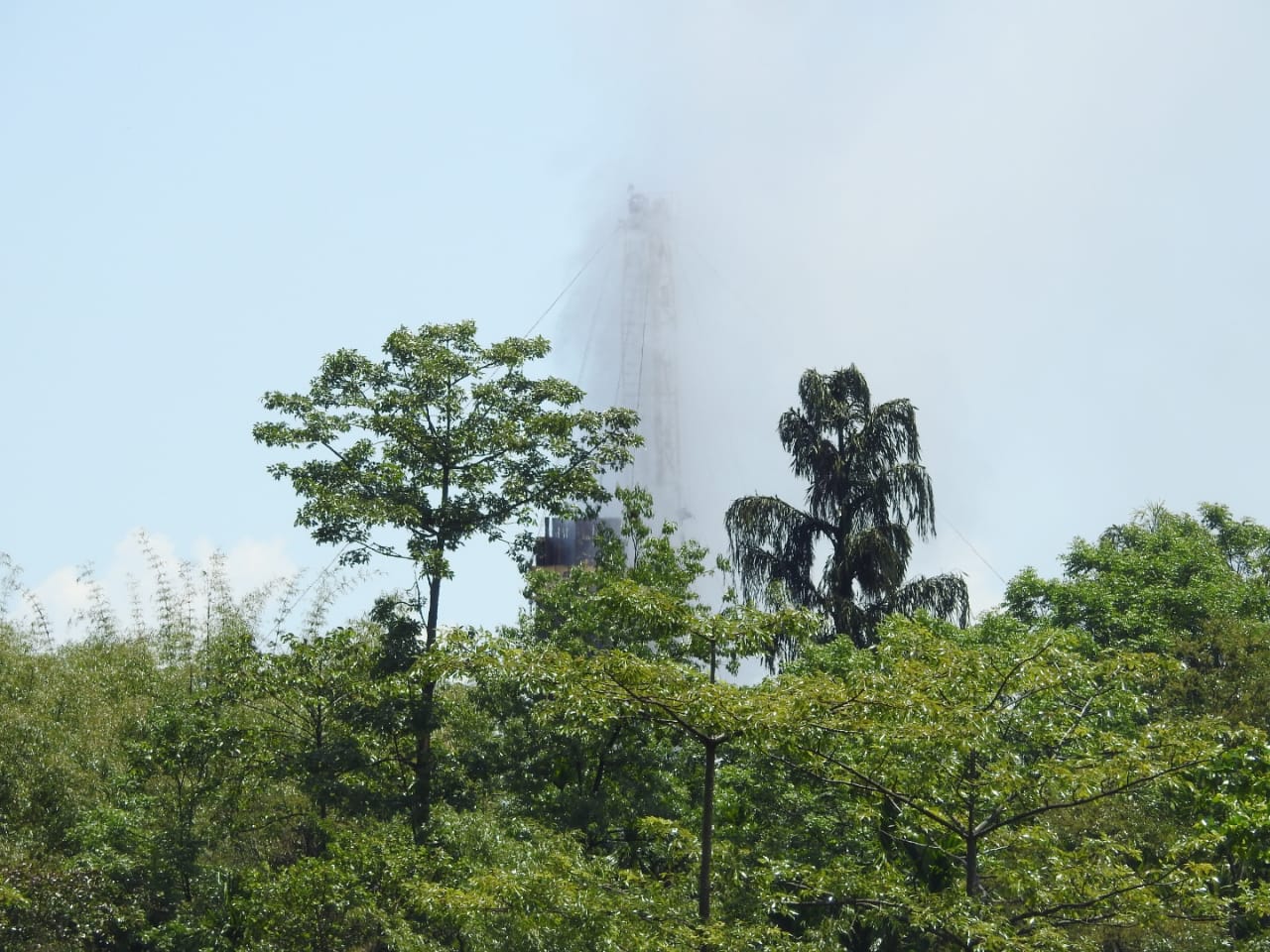Oil Well Blowout Endangers People & Wildlife near Baghjan, Assam
First published in Sanctuary Asia,
Vol. 40
No. 6,
June 2020
On May 27, an oil well blowout occurred at an Oil India Ltd. production well in Baghjan, Assam. Over a week since the initial explosion, highly flammable natural gas continues to gush uncontrollably, turning the area into what some are describing as a ‘gas chamber’. Over 1,600 families in the vicinity of the blowout have been evacuated to relief camps, with many of them calling for the closure of the oilfield. The Baghjan oilfield lies in close proximity to the Dibru Saikhowa National Park and the Maguri-Motapung Beel wetland. While reports of animal deaths are emerging from the area, the true environmental impact of this disaster is yet to be assessed.
In this short blog post for Sanctuary, Assamese environmentalist Rituraj Phukan contemplates the future of this region.
It has been nine days since the blowout at Baghjan. The people of the village are facing immense hardship, unsure of what the future holds for them. About 3,000 people have been shifted to camps under the care of Oil India Limited (OIL), and experts from Singapore are expected to arrive within a week to cap the blowout. It is unnerving that over 150 years since oil was first discovered at nearby Digboi, our country still does not have the expertise to control such blowouts.

Oil spill spreading across the Maguri wetland. Photo: Ranjan Kumar Das and Binanda Hatiboruah.
The latest images from Maguri reveal the extent of damage to the famous wetland. Dr. Ranjan Kumar Das, a friend and resident of Tinsukia is a worried man. A professor and avid ornithologist, he is concerned about the plight of the people who continue to live in the polluted area. The consequences of the continued leakage of natural gas and particulate matter are palpable even as far as Tinsukia. “Our eyes burn, more so at night. There is a haze over the entire region now,” he tells me over the telephone.
“We can hear the rumbling even from my house. The people of Baghjan and other areas nearby must be spending sleepless nights,” he says. Dr. Das’ house is located about 10 km. from the site of the blowout, and he has spent countless days documenting the fauna of the wetlands and grasslands in the vicinity.

Photo: Ranjan Kumar Das and Binanda Hatiboruah.
OIL officials have said in a statement that the blowout was caused by the failure of pressure control systems at the new well, leading to the massive and uncontrolled release of natural gas, condensate, and crude oil. OIL has been providing food and material support to the people living in camps while an expert consultancy has been engaged to assess the environmental impacts of this tragedy.
Binanda Hatiboruah, a birder and tour guide who lives close to the blowout site, was the first to post images of the oil spill spreading across the Maguri wetland. His images of a dead gangetic dolphin (see banner image) went viral across social and electronic media, and helped draw attention to the severity of the incident. He called early that day, and I talked to him mere hours after the devastation came to light.
“The skin of the dolphin had peeled off in patches, but it did not have other injury marks. When we looked around, oily substance was dripping from the rooftops and trees. Many fish and birds have also died.” His voice broke when he spoke, and I could tell he was shattered. It was at Maguri where he first learnt about birds and honed his skills. “I do not know if Maguri will ever recover from this,” he said.

Photo: Ranjan Kumar Das and Binanda Hatiboruah.
The vegetation around the wetland appear golden brown in the latest images. “The grasses have been burnt by the condensate and appear dead. With the rains coming down, they should be lush green at this time of the year,” Dr. Das points out.
‘It’s Time for Nature’ is a significant slogan for World Environment Day. But the pandemic has reduced the observance of even the most significant events on the environmental calendar to digital celebrations. Across India, biodiversity-rich landscapes are under threat because extractive industries are prioritized over environmental concerns, and the resource-rich northeast is, in particular, feeling the heat.
Dr. Das spoke about the long-term threats to the people and biodiversity from projects announced in the past few weeks. “The seven new rigs sanctioned recently are likely to be located just across the river Dangori, inside the Dibru Saikhowa National Park. The entire ecosystem of our region is in danger from these projects.” He also pointed out risks from the proposed Etalin Hydro Project in the Dibang Valley of Arunachal Pradesh. “The aerial distance from the dam location is just around 70 km. and we could face grave consequences in case of any accidental release of water,” he says. His comments are even more disconcerting when one considers that the entire northeast region is earthquake-prone and placed under seismic Zone 5, which is a High Damage Risk Zone.
In the context of Majuli and other degraded ecosystems the start of the UN Decade on Ecosystem Restoration in 2021 provides a window of hope. For the residents of Baghjan and the entire Tinsukia region, it is a challenging period of uncertainties. It is definitely not a ‘Happy World Environment Day’.
Rituraj Phukan is an environmental writer with personal experience of climate change impacts on the polar regions. He believes in making a personal commitment to solving the biggest environmental crisis to humanity and can be reached at rrajphukan@gmail.com.




